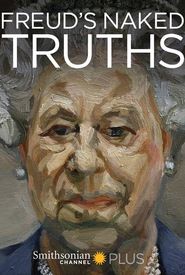Person Biography:
Lucian Freud was born in Berlin, Germany, in 1922, as the grandson of Sigmund Freud, the famous psychoanalyst. In 1933, when the National Socialists took power, Lucian's family emigrated to England. He grew up in London and began his artistic career by attending the Central School of Art and Goldsmith's College, as well as the East Anglian School of Painting and Drawing in Dedham.
Freud's early work was influenced by surrealism and neo-romanticism, but he quickly developed his own unique style characterized by realistic detail. His portraits and nude paintings gained international recognition, with his work "Interior in Paddington" (1951) being a notable example, now housed in the Walker Gallery in Liverpool.
Freud's artistic style evolved over time, with him experimenting with different techniques and mediums. He became known for his expressive portraits, often featuring his mother and first wife, Kathleen Garman Epstein. He also explored etching, creating a series of works that showcased his attention to detail and ability to capture the subtleties of human emotion.
Throughout his career, Freud received numerous accolades, including being made an honorary knight in 1983 and receiving the "Jerg Ratgeb Prize" in 2002. His work has been exhibited worldwide, including at the Museum of Modern Art in New York and the Center Pompidou in Paris.
Lucian Freud passed away on July 20, 2011, in London, leaving behind a legacy as one of the most important and influential artists of the 20th century.

















